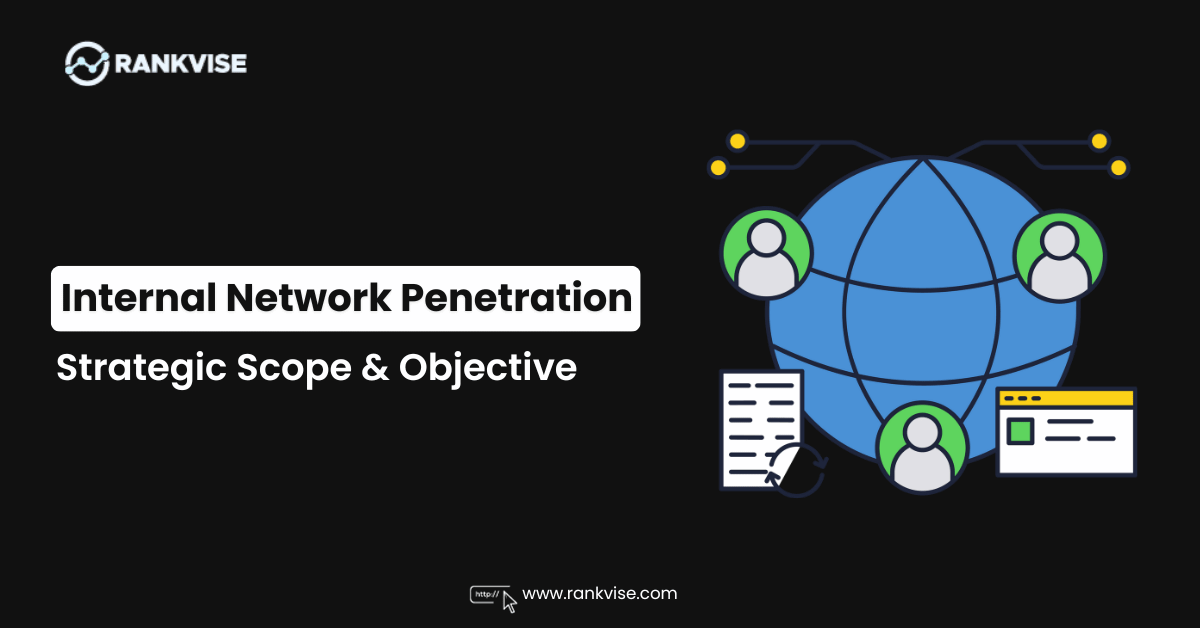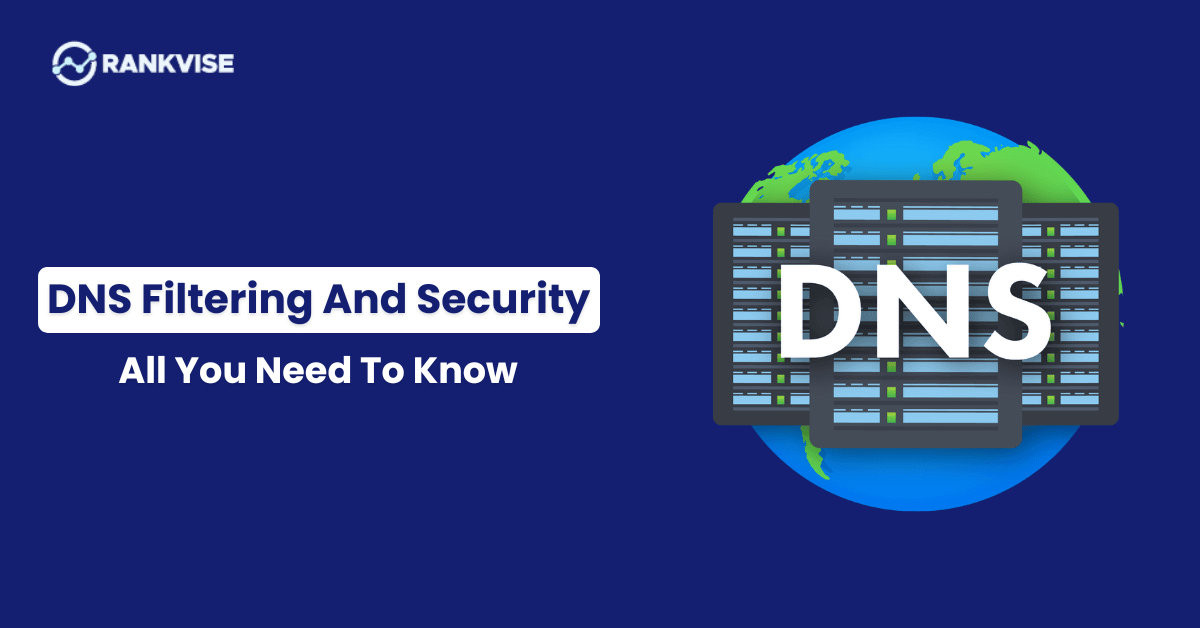Internal Network Penetrating is the process of testing a company’s internal network from an external point of view. It involves all aspects of the company’s network, including servers, computers, and other devices. The goal of internal network pentesting is to assess the vulnerabilities of your network and identify ways to improve it.
Understanding Internal Network Architecture
The first step in performing an internal network pentest is to understand the network architecture. If you’re looking for penetration testing experts to assist with this process, consider reaching out to specialized firms in this field. This includes understanding the different components, their roles and responsibilities, how they interact with each other, and how they communicate with external entities (such as servers or clients). It’s also important to understand normal traffic flow on your network, the kinds of data that are being transmitted, and where it’s going. If you can get a clear picture of this before trying to hack into anything, it will make things much easier later on.
Once you know what constitutes your company’s internal infrastructure, it’s time to do some reconnaissance work: find out what security controls exist within those systems and whether or not they are working correctly by doing reconnaissance (i.e., looking around ). Collaborating with penetration testing experts can provide valuable information and guidance throughout this process.
Scope of Internal Network Pentesting
A. Inclusion of Assets
- Servers: Assess the security of servers within the internal network, focusing on operating systems, services, and configurations to identify vulnerabilities that could be exploited.
- Workstations: Evaluate the security posture of workstations to ensure that end-user devices are appropriately configured, patched, and protected against common attack vectors.
- Networking Devices: Examine routers, switches, and other networking equipment to identify potential vulnerabilities, misconfigurations, and weaknesses in network infrastructure.
- Databases: Assess the security of databases within the internal network, including data integrity, access controls, and the overall resilience against database-specific attacks.
- Internal Applications: Test the security of internally developed or third-party applications, including web applications and services, to identify vulnerabilities that could be exploited by attackers.
B. Exclusion of Assets
- Critical Production Systems: Exclude critical production systems that are essential for ongoing business operations to prevent potential disruptions during the testing process.
- Regulatory Compliance Systems: Avoid testing systems that are subject to strict regulatory compliance requirements unless specific authorization and methodologies conforming to compliance standards are in place.
- Legacy Systems: Consider excluding legacy systems that are no longer in active use but are still present within the internal network unless their security poses a significant risk.
C. Geographic Boundaries
- Office Locations: Define the geographic boundaries of the internal network pentesting, specifying the office locations and physical sites that are included in the assessment.
- Remote Access Considerations: Account for remote access scenarios, including virtual private network (VPN) connections and other remote access mechanisms, to evaluate the security of off-site access to the internal network.
D. Testing Methodologies
- Black Box Testing: Conduct testing with limited prior knowledge of the internal network to simulate the perspective of an external attacker.
- White Box Testing: Utilize detailed knowledge of the internal network’s architecture and systems to assess the security measures from an insider’s perspective.
- Grey Box Testing: Combine elements of both black box and white box testing to simulate an attack scenario with partial knowledge of the internal network.
E. Authorization and Rules of Engagement
- Authorized Testing Window: Specify the time frame during which the internal network penetration testing will occur to minimize potential disruptions to normal business operations.
- Rules of Engagement: Clearly define rules of engagement for the testing team, including permissible actions, communication protocols, and the escalation process in case of unexpected issues.
F. Simulated Attack Scenarios
- Realistic Threat Scenarios: Simulate a variety of realistic attack scenarios, including lateral movement, privilege escalation, and exploitation of vulnerabilities, to comprehensively assess the internal network’s resilience.
- Social Engineering: Include social engineering tests to evaluate the human element, such as phishing simulations, to assess the organization’s susceptibility to social engineering attacks.
G. Post-Exploitation Testing
- Lateral Movement: Test the ability of attackers to move laterally within the internal network, identifying potential pathways and weaknesses in network segmentation.
- Privilege Escalation: Assess the effectiveness of access controls by attempting privilege escalation, ensuring that users cannot illegitimately elevate their permissions.
By clearly defining the scope of the internal network penetration testing, organizations can ensure a targeted and effective assessment that aligns with their security objectives while minimizing the risk of unintended disruptions.
Objectives of Internal Network Pentesting
Internal network pentesting serves a multifaceted set of objectives aimed at enhancing the overall security posture of an organization. The following objectives guide the testing process:
A. Identify Vulnerabilities
- Misconfigurations: Uncover and address misconfigurations in network devices, servers, and applications that could lead to security vulnerabilities.
- Weak Passwords: Assess the strength of password policies and identify instances of weak or easily guessable passwords that may expose critical accounts.
- Outdated Software: Identify and report on software versions that are outdated or have known vulnerabilities, posing potential risks to the internal network.
- Unpatched Systems: Evaluate the effectiveness of patch management by identifying systems lacking necessary updates and patches, which could be exploited by attackers.
B. Assess Access Controls
- User Permissions: Evaluate the adequacy of user permissions and access rights, ensuring that users only have access to resources necessary for their roles.
- Role-based Access: Verify the implementation and effectiveness of role-based access controls, preventing unauthorized access to sensitive information.
- Privilege Escalation: Test the resilience of the network against privilege escalation attempts, ensuring that users cannot gain unauthorized access to higher-level privileges.
C. Test Intrusion Detection and Prevention Systems
- Evasion Techniques: Evaluate the effectiveness of intrusion detection and prevention systems by testing various evasion techniques to mimic real-world attack scenarios.
- False Positive/Negative Analysis: Assess the accuracy of the systems by analyzing false positives and negatives, providing insights into refining and optimizing the security infrastructure.
D. Evaluate Network Segmentation
- VLANs and Subnets: Assess the segmentation of the internal network, ensuring that VLANs and subnets are appropriately configured to prevent lateral movement of attackers.
- Firewall Rules: Review and validate firewall rules to ensure that only necessary and authorized traffic is allowed within the internal network.
E. Social Engineering Testing
- Phishing: Test the susceptibility of employees to phishing attacks, evaluating their awareness and ability to identify and resist social engineering tactics.
- Impersonation: Assess the organization’s resilience to impersonation attempts, including those through phone calls, emails, or physical presence.
F. Incident Response Capability
- Detection Time: Evaluate the speed at which the organization can detect and respond to potential security incidents within the internal network.
- Response Effectiveness: Test the effectiveness of the incident response plan in mitigating and recovering from security incidents.
G. Documentation and Reporting
- Detailed Vulnerability Reports: Provide comprehensive reports detailing identified vulnerabilities, including their severity, potential impact, and recommended remediation steps.
- Recommendations for Mitigation: Offer practical and actionable recommendations to address identified vulnerabilities and enhance the internal network’s security posture.
Conclusion
the internal network penetration testing process serves as a valuable tool for organizations to identify and address vulnerabilities, enhance their security posture, and foster a culture of continuous improvement. By embracing the findings and recommendations presented in this report, the organization can strengthen its resilience against evolving cyber threats and ensure the ongoing protection of its valuable assets and sensitive information.





